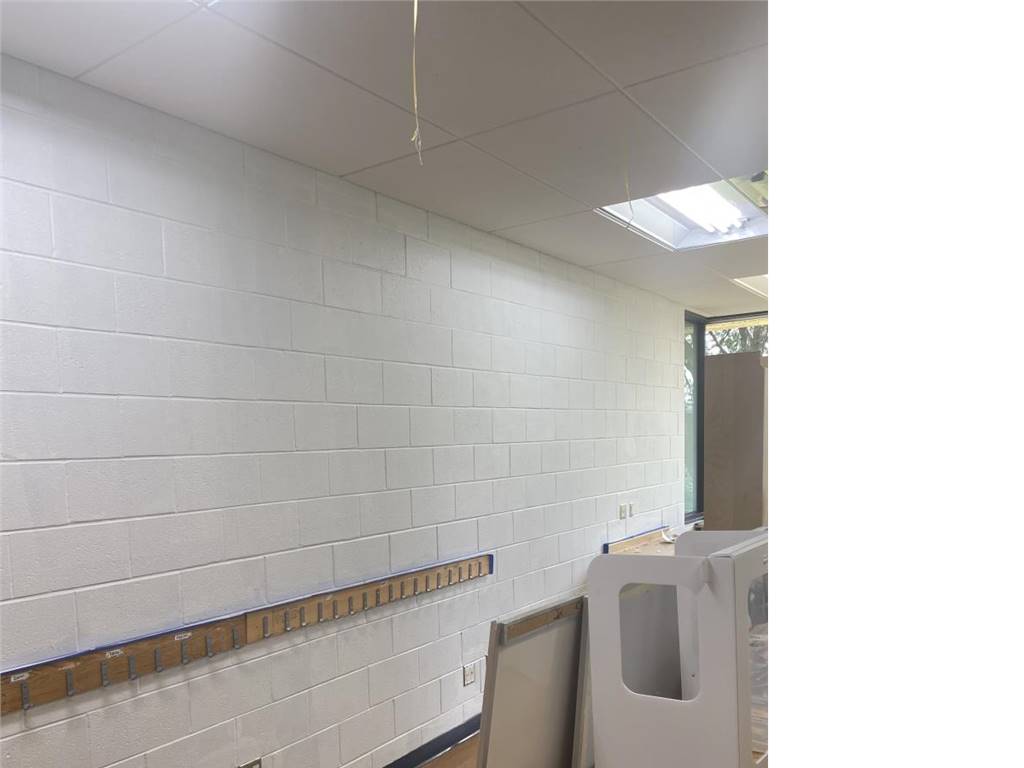
6 Reasons Your Wall And Ceiling Paint Keeps Peeling
If you've ever had to re-paint a room because the paint has started to peel, you're not alone. In fact, peeling paint is one of the most common issues homeowners face. While there are a number of reasons why paint may start to peel, there are a few that are more common than others. Here are six of the most likely culprits behind your peeling paint.
Here are 6 Reasons Why Your Wall and Ceiling Paint Keeps Peeling?
Six potential reasons why your wall and ceiling paint may be peeling are:
The Surface Wasn't Roughened or Primed.
Roughening or priming the surface before painting is important because it provides a good surface for the paint to adhere to. A smooth, glossy surface can be difficult for paint to stick to, so roughening it up a bit gives the paint something to grip onto. Similarly, a porous surface like wood or drywall can also benefit from priming beforehand, as it helps seal the surface and prevent the paint from being absorbed too quickly.
The Surface Wasn't Painted in Good Weather Conditions.
Good weather conditions are important for painting because they provide natural light and allow the painter to have a good view of the colors they are working with.
Sunlight is important for seeing colors accurately because it is the natural source of light. Daylight also contains blue light, which helps to increase contrast and make colors look more vivid.
Additionally, good weather conditions provide a comfortable environment for the painter and help to avoid problems such as rain or wind that could ruin the paint job.
The Surface Wasn't Sealed Properly Before Painting.
Sealing the surface properly is important while painting because it helps to create an even and consistent surface for the paint to adhere to. This can help to prevent issues like peeling or flaking paint in the future. Additionally, sealing the surface can help to protect it from dirt, dust, and other debris that could potentially damage or mar the paint job.
Cheap Paint was Used.
It is important to use quality paint while painting for a number of reasons. Firstly, quality paint will provide better coverage and allow you to achieve a professional-looking finish. Secondly, quality paint is more durable and resistant to flaking or fading over time. Finally, using quality paint can help to improve the value of your home or property.
Poor Quality Materials Were Used to Create the Paint Mixture Itself
Using high-quality materials is important when mixing paint because it can affect the final product. For example, if you use low-quality materials, the paint might not end up being the right color or it could be more difficult to apply. Additionally, using high-quality materials can help to ensure that your paint job lasts longer.
There Was Insufficient Protection Against Moisture Infiltration Once the Paint Dried.
Moisture protection is important because if moisture gets behind the paint, it can cause the paint to peel and ultimately lead to more serious problems like mold or rot. By using a moisture protection sealant after the paint has dried, you can help ensure that your paint job will last for years to come.
How Can You Prevent Your Wall and Ceiling Paint from Peeling?
To prevent your wall and ceiling paint from peeling, make sure to properly clean and prep the surfaces before painting. After cleaning, use a primer to create a uniform surface for paint to adhere to. Once you've painted the surfaces, finish with a sealant to protect against future damage.
The 6IX Painting is an experienced and professional painting company. We have been in the business for over 20 years and we are fully insured. Our professional crew takes every precaution to ensure your wall and ceiling paints will not peel or crack in a short time. We use only the best materials and techniques to get the job done right. Our prices are affordable, our quality is high, our work is guaranteed and we use eco-friendly paints. Give us a call today to book your appointment!



